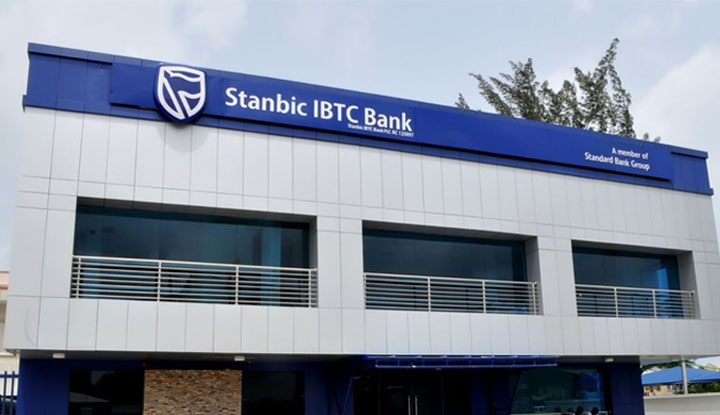
Keep up with the latest news and be part of our weekly giveaways and airtime sharing; follow our WhatsApp channel for more updates. Click to Follow us
New data from the Central Bank of Nigeria (CBN) reveals that commercial and merchant banks borrowed N8.2 trillion from the apex bank in the first 17 days of 2025. This move aims to address the liquidity crisis and boost lending to the real sector of the Nigerian economy.
According to the CBN, the borrowing was necessary due to low cash deposits by bank customers, attributed to high spending during the festive period, which created cash scarcity in banks. Notably, the N8.2 trillion borrowed is lower than the N8.2 trillion borrowed during the corresponding period in 2024.
In 2024, banks and merchant banks borrowed an estimated N131.42 trillion, a 636.6% increase over the N17.84 billion borrowed in 2023. The data also shows that banks and merchant banks’ deposits in CBN stood at N6.69 trillion, as they sought to lend to the real sector.
Banks access lending from the CBN through the Standing Lending Facility (SLF) window and deposit excess liquidity using the Standing Deposit Facility (SDF). The CBN provides the SLF as a short-term lending window for banks and merchant banks to access liquidity for day-to-day operations.
In 2024, banks borrowed from the CBN at an interest rate of 32.50%, with the asymmetric corridor around the Monetary Policy Rate (MPR) set at +500/-100 basis points. Dr. Omolara Duke, Director of the Financial Markets Department, CBN, had stated that banks could borrow at a rate of 31.75% when the MPR was at 26.75%.
Banks can access the SLF through the Scripless Securities Settlement System (S4) within specified operating hours. Additionally, authorised dealers can access the Intraday Lending Facility (ILF) at no cost, provided it is repaid on the same day.
The CBN’s liquidity support to banks is aimed at ensuring the stability of the financial system and promoting economic growth. The apex bank’s actions are also guided by its monetary policy objectives, which include maintaining price stability and promoting employment.
In 2024, the CBN’s liquidity support to banks peaked in March, with banks borrowing N21.74 trillion. The lowest amount borrowed was in January 2024, at N2.9 trillion.
The CBN’s data on banks’ borrowing also showed that the apex bank’s lending rate has been adjusted periodically to reflect changes in the monetary policy rate. For instance, when the MPR was increased to 26.75% in 2024, the CBN’s lending rate was adjusted to 31.75%.
The CBN’s liquidity support to banks has been a crucial factor in maintaining the stability of the financial system, especially during periods of economic uncertainty. As the Nigerian economy continues to evolve, the CBN’s role in providing liquidity support to banks will remain critical in promoting economic growth and stability.
Please don’t forget to “Allow the notification” so you will be the first to get our gist when we publish it.
Drop your comment in the section below, and don’t forget to share the post.







